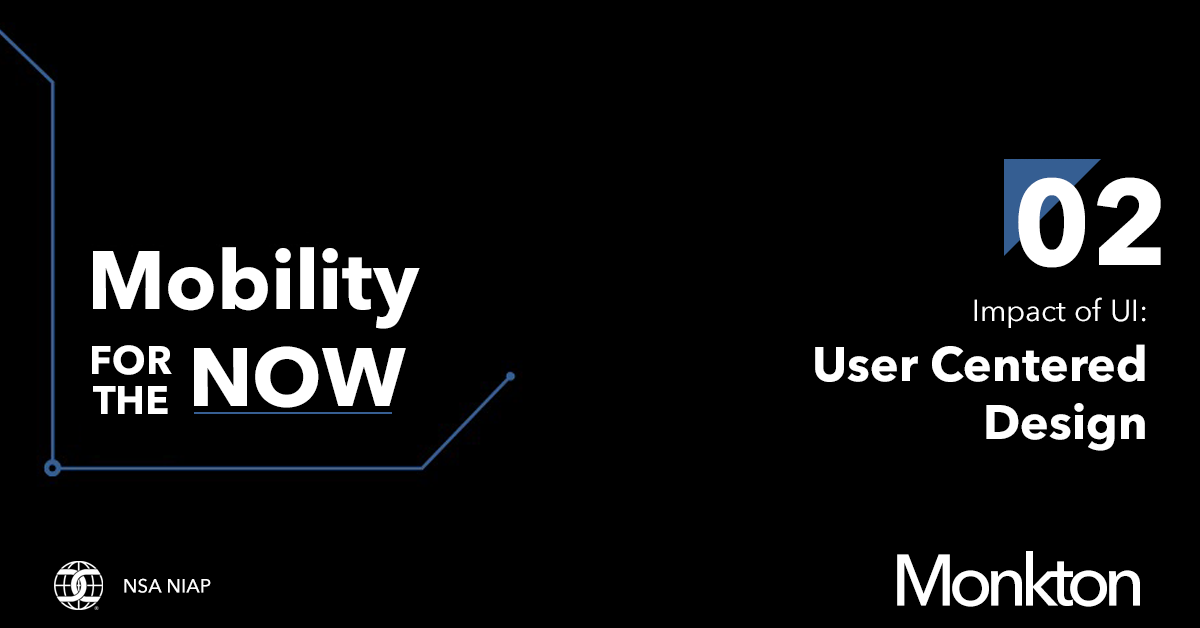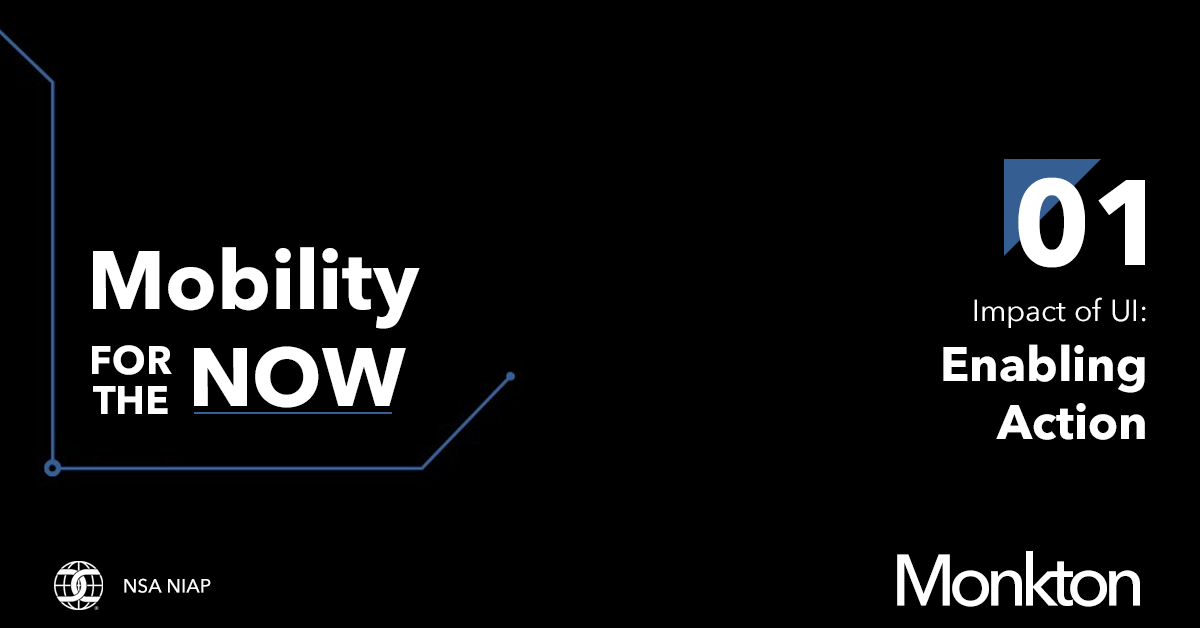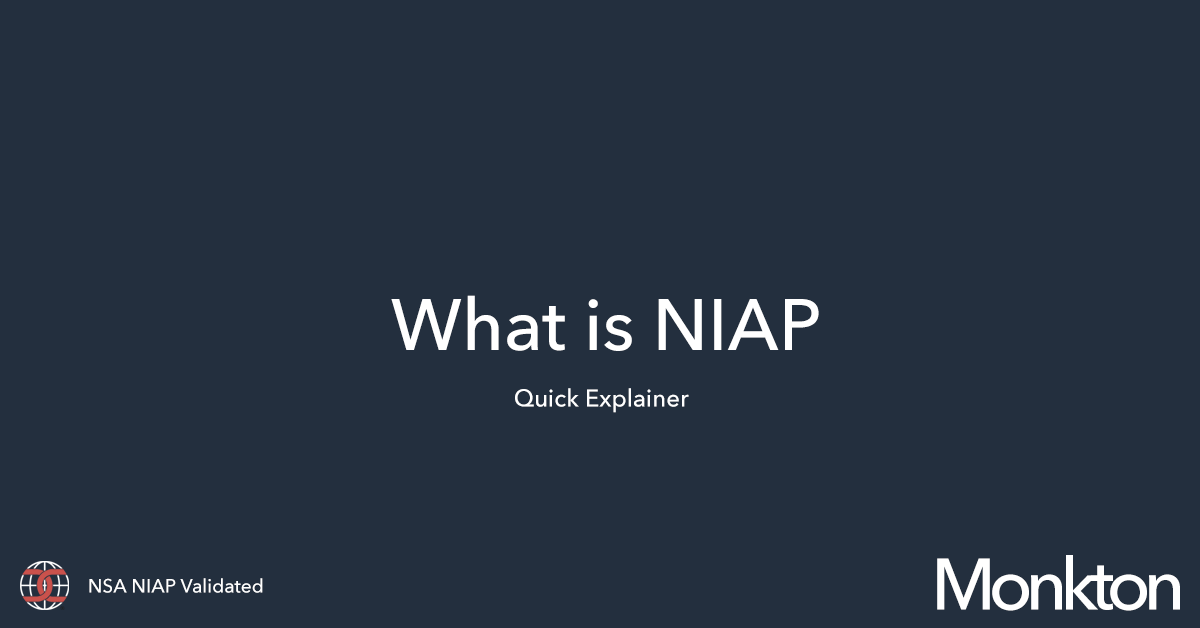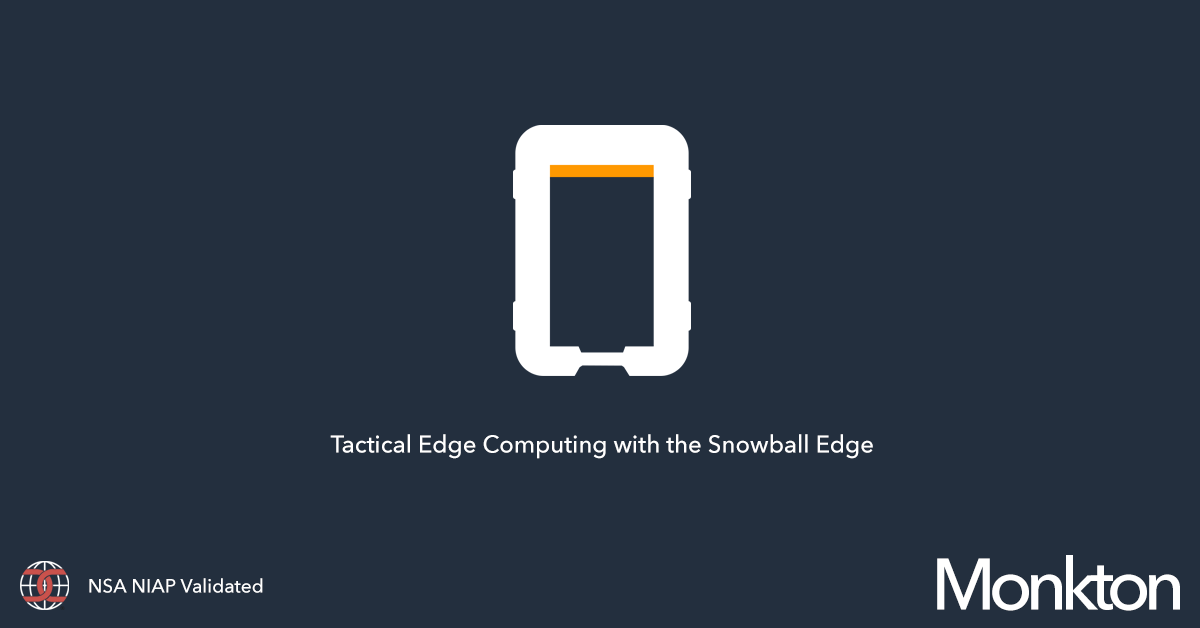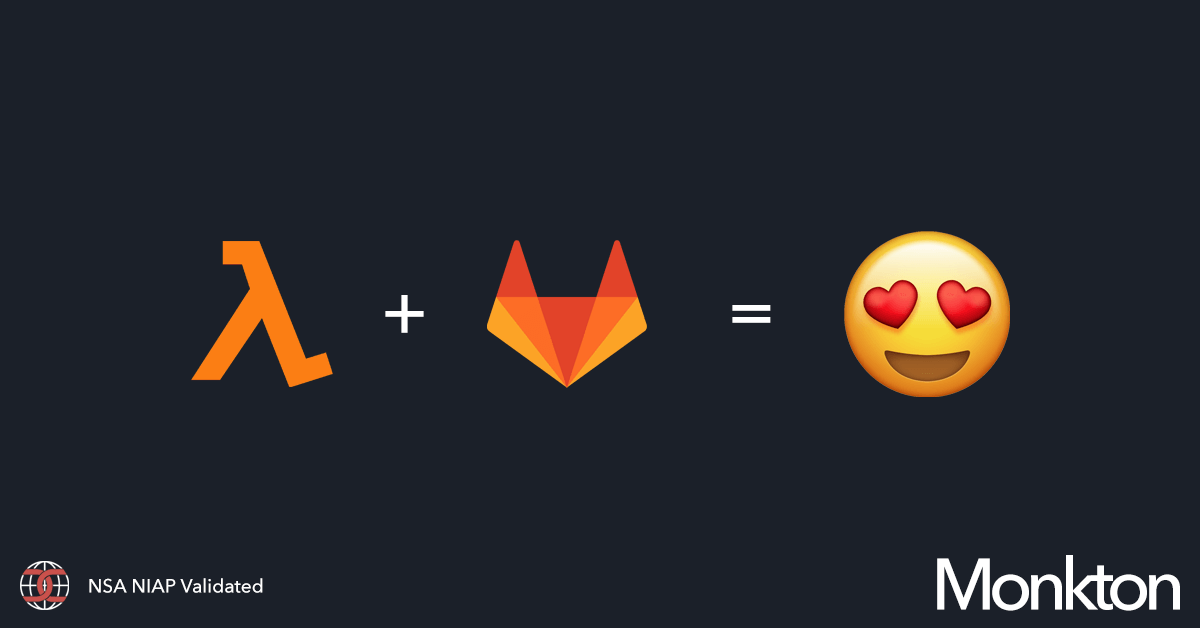Implementing a mobile application as a solution can feel daunting at times, but why? For many, it comes down to the myriad chains of communication between end user and developer. Call us crazy, but we believe in hearing the needs of who the app is intended for from day one, and then building. With the end user being the target audience, our approach is to listen to what their issues are and solve them—simple.
Always Design For The End User And Their Needs
One of the easiest ways to get nowhere fast is to assume you know what the problem is instead of asking. Always ask your target audience for guidance on how you can help solve their biggest problems. What is preventing them from completing their task? You wouldn’t suggest Uber to someone who is looking for a music streaming platform. Same goes for design—Identify the end user’s problem first, then design based off of their needs.
